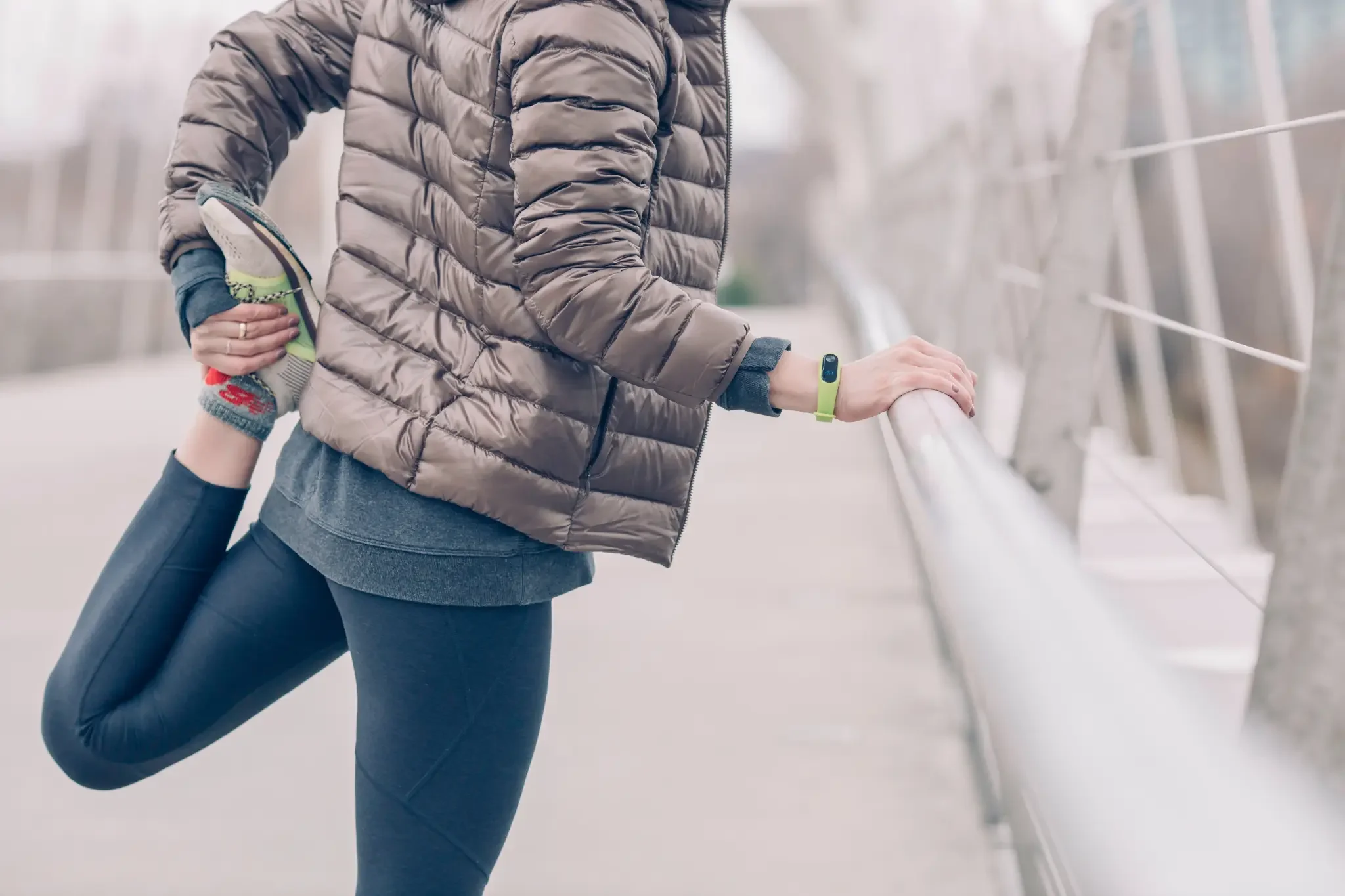Fitness, Gamification and Audio
It’s a 5.30am winter morning in Melbourne. You hesitantly poke your toes out from beneath the blanket and just as you suspected, it’s bloody freezing! “Why didn’t I move to the Sunshine Coast like every other f**ker did during lockdown?” you mutter into the pillow. 5km run, snuggly warm bed, 5km run, snuggly warm bed, 5km run. You repeat the tribal mantra as though repetition will somehow summon the ‘God of Motivation’… who is currently on holiday, probably in the Sunshine Coast. Lucky bastard.
If your motivation to stay in a snuggly warm bed trumped your motivation to go for a run:
A. We’re kindred spirits
B. You might benefit from the use of a gamified fitness app
The premise of gamified fitness app’s is simple: to engage, motivate, and make exercise fun! In other words, a gameful experience is designed to bridge the gap between a 5.30am winter morning in Melbourne, and strapping on your sneakers to smash out 5kms.
Like me, you may have approached the use of gamified apps with a hint of apprehension in the past. You may have found gamified elements like points and badges gimmicky, and ultimately unsuccessful in tapping into that deeper level of your psyche. This feeling is backed by research suggesting today’s fitness app’s do not adequately consider behaviour change theory in gamified design (Cotton and Patel 2019:450).
This is where narrative gamification, and audio comes in!
Before we became enchanted by the power of the moving image – ”oh look at all the pretty colours” – there was sound. Vibrations in the air, delivered via a medium, and registered physically as these vibrations pass through our ear canals.
In 1938, Orson Welles broadcast a radio adaptation of H.G. Wells fictitious tale of martian invasion, War of the Worlds. The audio was so compelling and felt so viscerally, a panic erupted as listeners struggled to distinguish the narrative from reality.
Although the appetite for audio as a stand-alone media output began to wane, we came full circle thanks to the rise of digital media. The clutter of visual material we experience daily has resulted in hyper-stimulation. And as a result, stand-alone sensory experiences have once again become palatable. Think digital radio, podcasts, audio books, audio dramas…
And on the eve of this movement came the global pandemic and a chorus of “oh… well… I may as well get fit during lockdown”. Enter Zombies Run, the digital era’s answer to: War of the Worlds.
The advantage Zombies Run has over War of the Worlds is the widespread adoption of the smartphone, mobile web, and GPS tracking (Bohyun 2015:8). This provides users with an immersive experience where they become part of the narrative, rather than passive listeners.
The use of narrative in digital applications signals a transcendence to a more sophisticated use of gamification techniques. So, if points and badges leave you feeling like the game is playing you, give Zombies Run a try and see the difference when you ARE the game.
It might just get you out of bed on a 5.30am winter morning in Melbourne…
References:
Bohyun K (2015) ‘The popularity of gamification in the mobile and social era’, Library Technology Reports, 51(2):5-9, accessed 27 April 2021.
Cotton V and Patel MS (2019) ‘Gamification use and design in popular health and fitness mobile applications’, American Journal of Health Promotion, 33(3)448-451, https://doi.org/10.1177/0890117118790394
Person Wearing Brown Bubble Jacket by Burst, (Public Domain)
